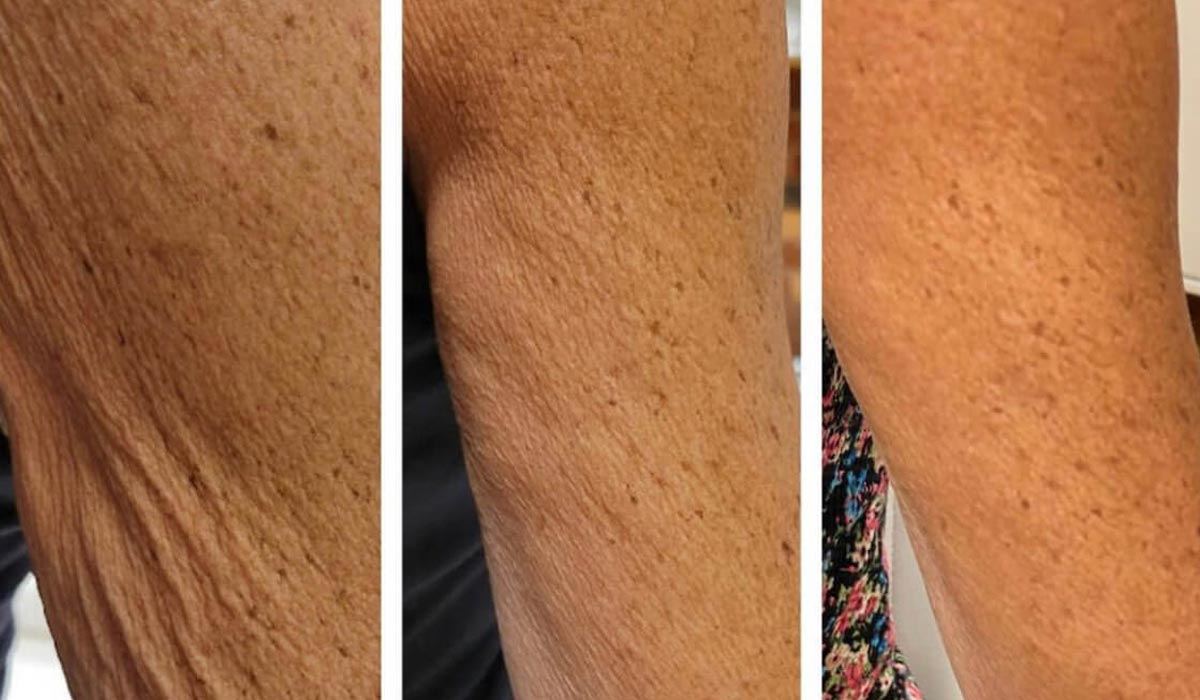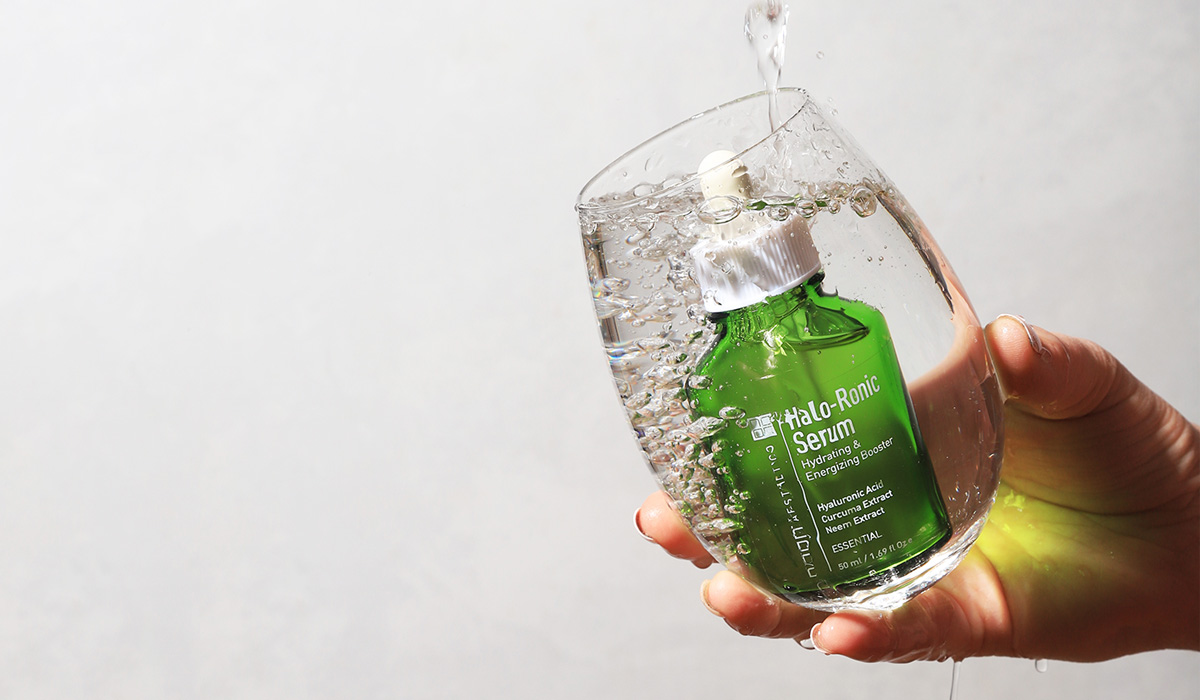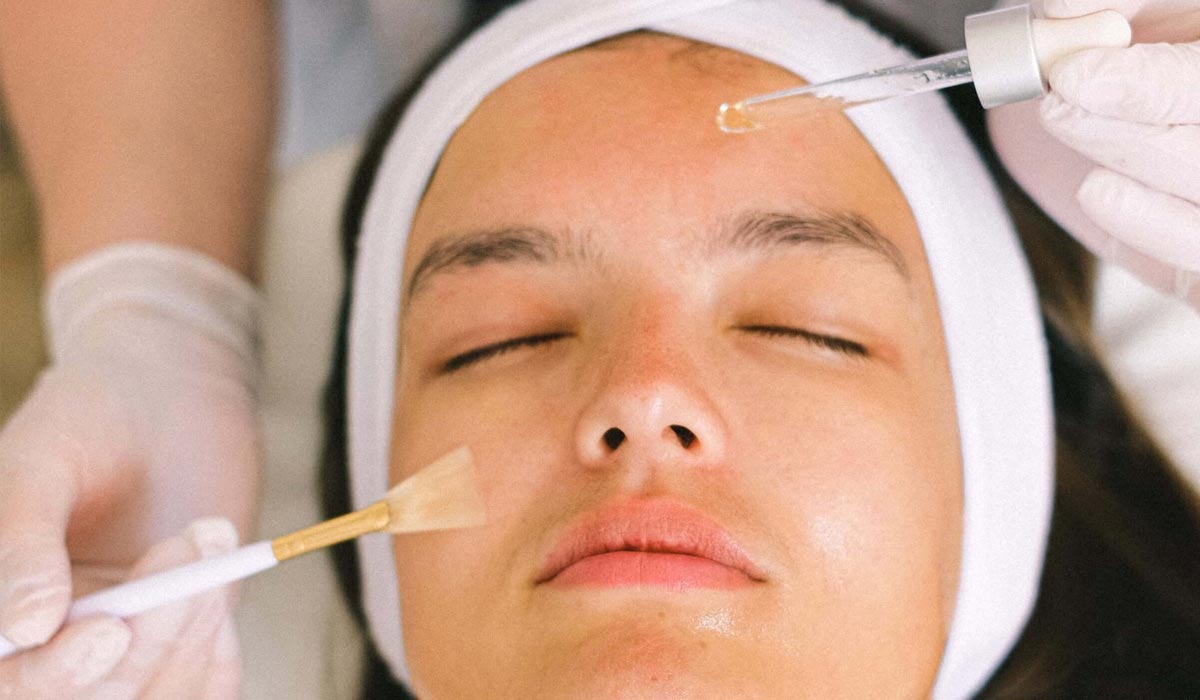Collagen Induction Therapy 101

We offer a treatment at Rytualist that has the technical description “collagen induction therapy” aka Procell Therapy. We love the treatment and our clients rave about the results! For those of you who are wondering: “Can I really grow new skin?”, here’s a deep dive on what collagen induction therapy is and what it does for your skin from a physiological perspective.
What is collagen?
So what is collagen? It’s a plentiful protein that our body has and produces. There are 28 types of collagen in the body and earlier published studies indicate that collagen makes up one third of the protein and three quarters of the dry weight of skin of a human body. It is present in numerous tissues, including muscles, bones, tendons, blood vessels, and skin, and it plays a primary role in many bodily functions and wound healing. But if our bodies produce collagen, why do we need lotions, treatments and supplements to induce new collagen production?
Collagen loss as we age
Earlier we mentioned that collagen represents approximately 75% of our skin make-up, so it makes sense that our skin reflects the health and condition of our collagen. High collagen levels in the skin help the cells renew and repair themselves. As we age, however, the amount and quality of collagen production drops, starting as early as our mid-twenties! This is when we start seeing signs, albeit gradual, of the aging process such as wrinkles, skin texture degradation, and loss of elasticity/firmness. If we’re able to introduce collagen or promote increased collagen production, our skin will remain soft, smooth and with fewer wrinkles for longer.
There are several factors that increase collagen loss in our skin, including:
- Lack of Vitamin C
- UV ray exposure
- Excess alcohol consumption
- Smoking
- Exposure to pollutants
- Oxidative stress (Chronically high cortisol levels can decrease collagen production!)
How to slow collagen loss and induce collagen production
Unfortunately, aging is inevitable (and who doesn’t like a little bit of the above in moderation)? All isn’t lost – there are some things we can do to slow the loss of collagen or induce the production of more collagen as we age.
First things first! Here are the healthy lifestyle habits that may help:
- A healthy, balanced diet with protein-rich foods
- Wear sunscreen or limiting exposure to direct sunlight
- Get adequate sleep
- Avoid smoking
- Reduce stress
But what if you’re wanting to do more? What about supplements and topical treatments?
We often see products that boast collagen producing benefits, from protein powder to supplements to topical skincare. However, non-industry funded research on collagen supplements – and whether these products actually benefit your skin – is significantly lacking, and further, the existing body of research has largely not supported the effectiveness of topical skincare products containing collagen as an anti-aging treatment (Source: Harvard School of Public Health).
Here are a few broadly mentioned approaches for addressing collagen and the skin.
- Hydrolyzed Collagen Topical Treatments – Several studies have been done on the use of topical collagen found in many facial creams on the market today. Hydrolyzed collagen is a form of antioxidant that has been shown to be most effective as an ingredient in topical creams, however, its benefits are found to be in its ability to retain moisture, improve skin texture and other cosmetic benefits, especially when combined with other key ingredients such as vitamin C and other peptides. As previously mentioned, there is little evidence that topically applied collagen can actually increase collagen production.
- Collagen Supplements – There are a variety of collagen supplements on the market and there is scientific evidence that ingesting supplements containing either hydrolyzed collagen, natural or marine collagen appear to have the best results in surface skin measurements. Noting a significant reduction in the number of wrinkles, wrinkle area, wrinkle depth, and roughness, as well as reduction of dark spots.
All that being said, the research around collagen supplementation comes with one gigantic caveat – most, if not all research on collagen supplements, are funded or partially funded by industries whose stakeholders have the potential for significant financial gain as the result of positive study results. As with a variety of supplements, this makes it incredibly difficult to determine how truly effective (and safe!) collagen supplements are and if they are worth the hefty price tag.
Could controlled skin injury, or “microneedling”, be the answer?
The general term and concept, microneedling, has been in existence for a relatively short time, conceived initially in 1995 by Orentreich and Orentreich as a scar treatment. Over the years the microneedling process has evolved, now being used in the treatment of both cosmetic and medical conditions such as acne scarring, burn scarring, skin laxity, wrinkles, age spots, melasma and hair restoration.
Microneedling is considered a type of collagen induction therapy because it causes micro-punctures in the skin in a controlled manner that does not actually damage the epidermis of the skin. This skin micro-injury triggers increased cell activity and the release of various proteins, potassium, and growth factors from the cells into the exterior leading to the migration of fibroblasts to the site of injury, and hence, collagen induction. In fact, studies on the effectiveness of microneedling on scar improvement showed a 400% increase in collagen and elastin production at 6 months post-operative.
As with most treatments, there are variations in consumer and medical grade tools that must be considered. Significant medical results and skin repair occur when seeking medical treatment using a .5 ml needle and higher. Consumer grade tools can be purchased for home use, however, the longest needle length for these tools will be only .25 – .30 ml.
Why we chose ProCell Microchanneling as our microneedling treatment
At Rytualist, we’ve spent considerable time researching each of the microneedling devices to determine which device and system would provide the best results for our clients. Ultimately, we chose ProCell Microchanneling and Stem Cell Therapy, and believe this system exceeds the technology and serum solutions compared with other microneedling devices.
Here’s how ProCell won us over:
- ProCell was developed by a dermatologist and designed by an aesthetician specifically as a collagen induction device, with a design that allows for accurate, equally spaced and finer penetration. Other microneedling systems are re-tooled makeup devices with bunched needles far too close together for accurate penetration.
- The technology offers a superior stamping technique that delivers more evenly distributed, cleaner perforations and reduces recovery time (over other microneedling methods) by two-thirds.
- The microchanneling action stimulates specialized stem cells in your skin and in your immune system to produce proteins called cytokines, peptides and growth factors that help rejuvenate the structure of your skin. MicroChanneling also induces the rapid production of high quality new collagen via stimulation, rather than the other methods that merely damage the skin.
- The ProCell system also utilizes the Livra delivery solution and post care serum and accelerator. All three Livra microchanneling products contain a complex profile of Stem Cytokines designed to augment the body’s immune system to further accelerate skin rejuvenation.
Our final thoughts about collagen and collagen therapy
Collagen is ubiquitous in the media and throughout the beauty industry. We are all made to believe that collagen, in whatever form, is the panacea to achieve flawless, glowing skin. The goal of this blog was to break down the various definitions of collagen and help you make informed decisions about products and services that can improve your skin collagen and meet your skin care goals!
Curious about ProCell or want to give it a try? Schedule a free collagen therapy evaluation with our providers here.











